Duck Decoys – How to Setup Your Decoy Pattern Now
Welcome, fellow hunting enthusiasts, to the captivating world of duck decoy spreads! Whether you’re a seasoned hunter or just starting, understanding and mastering the art of decoy spread techniques can significantly enhance your hunting success. So, let’s dive right in!
Definition and Purpose of Decoy Spreads
Decoy spreads are an ingenious strategy hunters employ to attract and deceive birds into their desired location. This technique involves strategically placing lifelike decoys that mimic the appearance and behavior of the target species.
By creating an illusion of safety, feeding opportunities, or congregation, hunters lure unsuspecting birds within range for a successful hunt. Decoy spreads’ primary purpose is to grab passing birds’ attention and encourage them to land or fly closer.
The visual appeal created by well-arranged decoys simulates natural bird behavior, signaling safety in numbers and enticing curious or hungry birds to investigate further. It’s like casting a spell that mesmerizes these beautiful creatures!
Importance of Understanding Patterns and Variations
Now that we comprehend the essence of decoy spreads, let’s understand why it is vital to delve into patterns and variations. Just as every bird has its unique plumage pattern, each species exhibits distinct behavior when flocking or feeding. To fool our feathered friends into believing our decoy setup is genuine, we must mimic their natural patterns as accurately as possible.
We can design highly effective decoy spread patterns by studying their behavioral tendencies, such as landing zones, flight formations, feeding preferences, and even social dynamics within a flock. Variations within these patterns add another layer of sophistication.
Understanding how slight modifications like different species mixes or incorporating motion decoys can attract specific birds or entice wary ones can make a difference in your hunting success. These variations allow you to adapt to different hunting scenarios and outsmart even the keenest birds.
So, my fellow hunters, remember that knowledge is our greatest weapon as we embark on this thrilling journey of decoy spread techniques. Understanding patterns and variations will elevate your hunting game to new heights!
Basic Decoy Spread Patterns
The “J-Hook” pattern: creating a natural landing zone
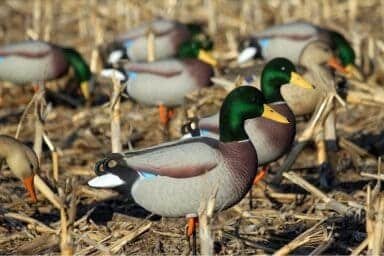
Regarding decoy spread patterns, the “J-Hook” is a tried and true favorite among seasoned waterfowl hunters. This pattern mimics the natural behavior of birds landing on water. By strategically placing your decoys in the shape of a J, with one end extending out toward your blind or hide, you create an enticing landing zone for passing birds.
The elongated arm of the J simulates a safe pathway for ducks or geese to follow as they descend. Remember to position your motion decoys, such as spinners or flappers, near the end of the hook for added visual attraction.
The “V-Shape” pattern: simulating a flock of birds in flight
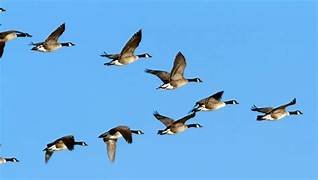
Another effective decoy spread pattern is the classic “V-Shape.” This arrangement emulates a flock of birds in flight, signaling safety and camaraderie to incoming waterfowl. Start by anchoring your decoys at one end and then gradually spread them out wider as if imitating geese or ducks flying in formation.
The point where the V converges should be oriented toward your desired shooting location. Pay attention to the spacing between each decoy, maintaining a realistic distance that mirrors how birds naturally fly together.
The “U-Shape” pattern: attracting birds from different angles
If you want to attract ducks or geese from multiple directions, consider using the “U-shaped” spread pattern. With this arrangement, you position your decoys in a U formation around your blind or shooting location.
The open side of the U faces outward, encouraging birds approaching from various angles to feel more comfortable joining the setup. This configuration creates an illusionary pocket that entices birds to investigate and potentially drop in for a visit.
Be mindful of using motion decoys strategically within the U-shape to create movement and enhance the overall appeal of the spread. Understanding basic decoy spread patterns is crucial for waterfowl hunters to attract and fool incoming birds successfully.
Whether you opt for the natural landing zone of the “J-Hook” pattern, simulate flight with the “V-Shape,” or attract birds from different angles with the “U-Shape,” each pattern has its unique advantages. Experimenting with these patterns will allow you to adapt your decoy spread to different hunting situations and increase your chances of a successful hunt.
Advanced Decoy Spread Patterns
The “Wagon Wheel” pattern: maximizing visibility and coverage
When attracting waterfowl, the “Wagon Wheel” pattern is a tried and true technique that can significantly enhance your decoy spread’s effectiveness. This pattern involves placing decoys in a circular formation around a central point, much like the spokes of a wagon wheel. Doing so creates an expansive visual display mimicking birds landing or swimming in concentric circles.
The benefit of this pattern is twofold: it maximizes both visibility and coverage. The outermost decoys catch the attention of passing flocks, while the inner decoys create an intimate landing zone, enticing birds to come closer.
The “Checkerboard” pattern: creating an illusion of movement
If you want to add extra allure to your decoy spread, consider incorporating the “Checkerboard” pattern. This technique creates an illusion of movement that can be irresistible to curious waterfowl. To achieve this effect, arrange your decoys in alternating blocks or squares of contrasting colors or species.
For instance, place a group of mallard decoys adjacent to a group of teal decoys before repeating the sequence throughout your spread. The visual contrast between different species or color patterns gives the impression that birds actively move within the flock, signaling safety and plenty.
The “X-Shape” pattern: increasing the Perception of Safety
When fooling wary waterfowl into believing they have found sanctuary, few patterns rival the effectiveness of the “X-Shape.” This simple yet compelling arrangement involves placing two lines of decoys intersecting each other at right angles, forming an X-shaped configuration.
By positioning your spread in this manner, you create a sense of security for incoming birds because they perceive other feeding or resting waterfowl facing in multiple directions. This pattern increases the perception of safety, making it more likely that curious birds will be lured into the area for a closer look and a potential landing.
Specialized Decoy Spread Variations
The “Floating Island” variation mimics a safe resting area on the water
Regarding decoy spread techniques, the “Floating Island” variation is a clever way to attract waterfowl. By creating the illusion of a safe resting spot on the water, you can entice birds to flock toward your decoys. To achieve this effect, place several floating decoys in a circular formation, some submerged slightly in the water.
This arrangement mimics a group of birds comfortably settled on an island or floating vegetation. Make sure to position these decoys near natural covers like reeds or trees, enhancing the sense of security for passing fowl.
The “Feeding Frenzy” variation: imitating birds actively feeding on the ground or water surface
To bring out the competitive instinct in birds and attract them with a sense of abundance, you can employ the “Feeding Frenzy” variation in your decoy spread. This technique involves setting up several feeding bird decoys scattered across either land or water surface.
Use realistic motion decoys that simulate active feeding behavior, such as pecking or flapping wings. The goal is to create an enticing scene that suggests plenty of food resources and encourages nearby birds to join in on the feast.
The “Lone Sentinel” variation: using a solitary decoy to attract curious birds
Sometimes, simplicity is key in attracting certain species of curious birds. The “Lone Sentinel” variation relies on strategically placing a realistic-looking solitary decoy within your spread pattern.
Birds are naturally drawn to investigate unfamiliar territories or potential mates, and by positioning this lone sentinel amongst other standard decoys, you pique their curiosity and invoke their desire for social interaction. This technique works particularly well for highly territorial or inquisitive birds like ducks and geese.
Factors Influencing Decoy Spread Effectiveness
Weather conditions and wind direction
Regarding decoy spread effectiveness, one cannot underestimate the influence of weather conditions and wind direction. Birds are highly attuned to environmental changes and rely on natural cues to determine safety and feeding opportunities.
Understanding how weather affects bird behavior is crucial for creating a successful decoy spread. For instance, birds seek sheltered areas on windy days or fly with the wind for easier navigation.
Positioning your decoys upwind can entice birds to come closer, as they see it as a safe landing zone. Similarly, placing decoys near natural cover like trees or bushes can give birds an added sense of security during calm days.
Species-specific behavior and preferences
Different bird species have unique behaviors and preferences regarding their surroundings. Knowing these nuances is key to a highly effective decoy spread technique.
For example, some species prefer open water, while others are drawn to marshes or fields. Ducks often favor large open spaces where they can land comfortably, whereas geese prefer closer-knit groups with tighter spacing between decoys.
Additionally, understanding the specific feeding habits of different species is important; some may focus on vegetable matter, while others prefer aquatic insects or small fish. You increase your chances of attracting the right birds by tailoring your decoy spread based on species-specific behaviors and preferences.
Time of year and migration patterns
The time of year and migration patterns are vital in determining how effective your decoy spread will be at any given time.
Birds migrate for various reasons, including breeding, nesting, or seeking warmer climates. Understanding the typical migration patterns of different species can help you anticipate when and where they will likely pass through.
For instance, during the spring migration, birds are often drawn to areas with open water and abundant food sources to replenish their energy reserves. Similarly, as birds prepare for their long journey south in the fall, they may be more easily enticed by decoy spreads that mimic resting or feeding areas along their flight path.
By aligning your decoy spread with migration patterns, you maximize your chances of attracting large flocks of birds. Factors such as weather conditions and wind direction, species-specific behavior preferences, time of year, and migration patterns greatly influence the effectiveness of decoy spreads.
By harnessing the power of nature, understanding avian desires, and riding the wave of migration, you can create a highly appealing environment that irresistibly draws birds into your decoy spread. Adapt your strategies based on these factors to optimize your success in luring various bird species throughout different seasons.
Fine-Tuning Your Decoy Spread Techniques
Adjusting decoy spacing for realism
When setting up a realistic decoy spread, one crucial factor is the spacing between your decoys. Birds are naturally social creatures and gather in groups of varying sizes. You’ll want to adjust the spacing between your decoys to create an authentic-looking flock.
Start by placing some decoys closer together, forming smaller groups within the larger spread. This mimics the natural behavior of birds congregating in clusters.
Then, scatter some decoys further apart to simulate individuals or loners within the flock. Finding the right balance between groupings and solitary placements will enhance the overall realism of your spread.
Incorporating motion decoys for added attraction
Incorporating motion decoys can be highly effective in adding an extra level of enticement to your decoy spread. Motion can grab birds’ attention from afar and make your spread more dynamic and lively. Various motion decoys are available, from spinning-wing duck decoys that mimic landing or flapping wings to water-splashing devices that imitate feeding activity on water surfaces.
Strategically placing these motion devices within your spread will catch birds’ attention and make them more likely to investigate further. Remember not to overdo it; a few well-placed motion decoys are often sufficient.
Experimenting with different species mixes
One fascinating aspect of waterfowl hunting is that different species often associate with each other. Experimenting with different species mixes in your spread can yield surprising results.
For example, if targeting mallards, consider adding a few teal or pintail decoys nearby, as they frequently share habitats during migration season. Mixing species adds visual variety and can attract birds curious about other species’ presence.
Researching the local habits and preferences of different waterfowl species in your area will help you choose the right combinations for your decoy spread, increasing your chances of success. Fine-tuning your decoy spread techniques involves adjusting spacing for realism, incorporating motion decoys for added attraction, and experimenting with different species mixes.
These strategies can significantly enhance the effectiveness of your decoy spread and entice more birds to come in close. Attention to these details will create a visually compelling and enticing setup to increase your chances of a successful hunt.
Lesser-Known Tips and Tricks for Successful Decoy Spreads
Using UV paint to enhance visibility when attracting birds is key. One effective technique that often flies under the radar is using ultraviolet (UV) paint on your decoys. Birds can see UV light, so adding this special paint to your decoys makes them more visible and appealing to our feathered friends. UV paint can create a level of realism that standard paints cannot achieve. So, next time you’re setting up your decoy spread, grab a bottle of UV paint and give your decoys that extra edge.
You are adding scent attractants to increase effectiveness. Birds have an incredible sense of smell, and harnessing this power can greatly increase the effectiveness of your decoy spread. You can create a more enticing environment for incoming birds by strategically placing scent attractants near your decoys. Consider using scents such as corn or dried grasses familiar to your target species. These scents will help create a realistic atmosphere and make it harder for curious birds to resist investigating your spread.
Utilizing silhouette decoys may not be as glamorous as their fully detailed counterparts, but they are incredibly effective in certain situations. Silhouette decoys provide a bold outline against the sky, catching passing birds’ attention from afar. They work exceptionally well during low-light conditions or when hunting waterfowl over open fields or marshes with minimal cover. The simplicity of silhouette decoys allows for quick setup and takedown while attracting birds with their distinctive shape.
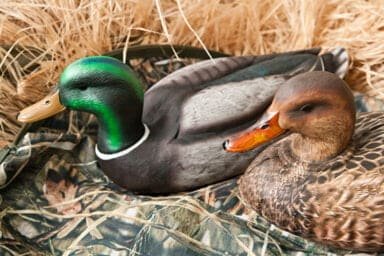
Conclusion
As we explored various techniques for successful decoy spreads – from basic patterns like the “J-Hook” and “V-Shape” to advanced variations like the “Wagon Wheel” and “Floating Island” – it became evident that attention to detail is crucial.
Incorporating lesser-known tips and tricks, such as UV paint, scent attractants, and silhouette decoys, can significantly enhance the visibility and effectiveness of your spread. So next time you head out to set up your decoys, remember to think outside the box and explore these strategies.
With a little creativity and innovation, you’ll be well on your way to a successful hunting experience. Happy hunting!

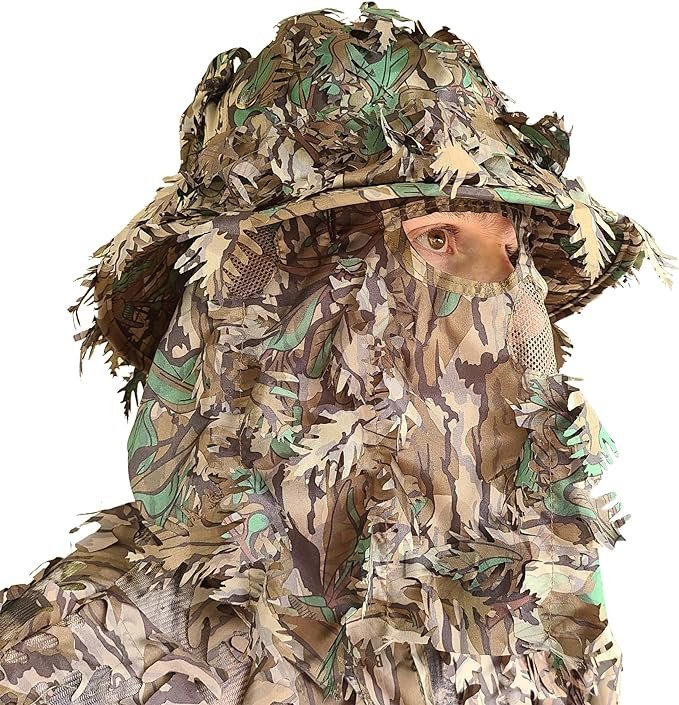
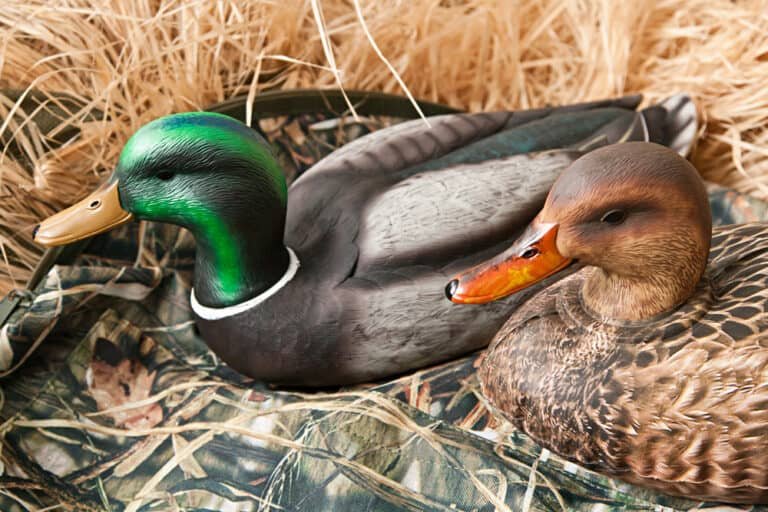
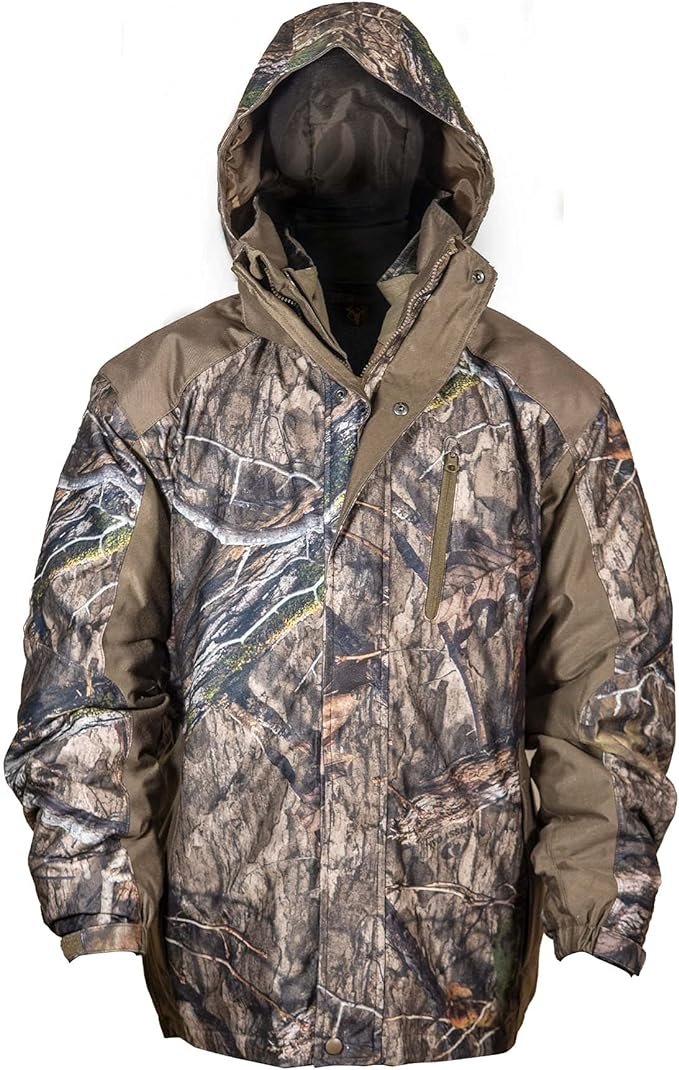
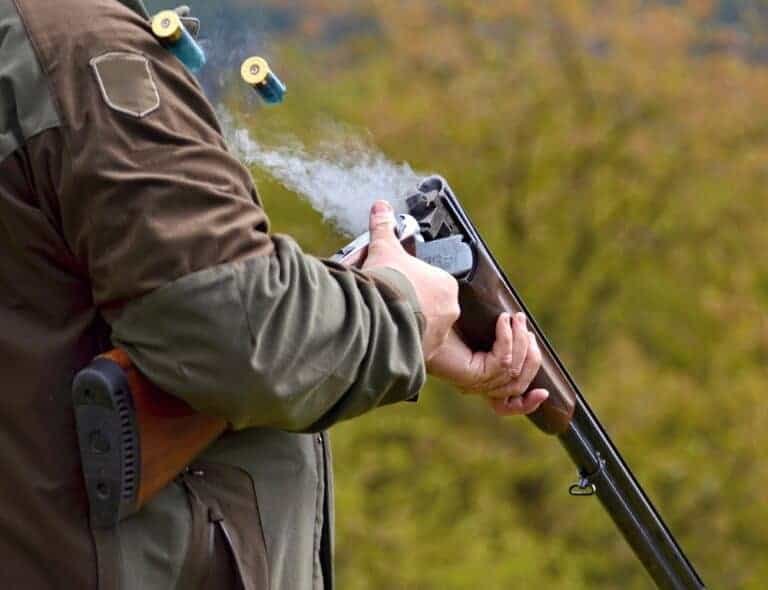

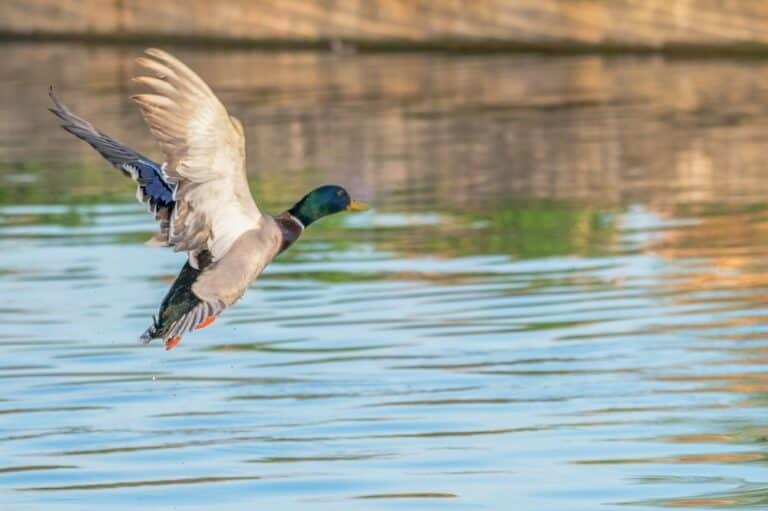
На данном сайте вы сможете найти подробную информацию о способах лечения депрессии у пожилых людей. Также здесь представлены профилактических мерах, актуальных подходах и советах экспертов.
http://www.linanoory.com/2019/03/28/whats-in-my-bag-lip-filler-experience/
I’m extremely impressed with your writing skills as well as with the layout on your weblog. Is this a paid theme or did you customize it yourself? Anyway keep up the nice quality writing, it is rare to see a great blog like this one these days..